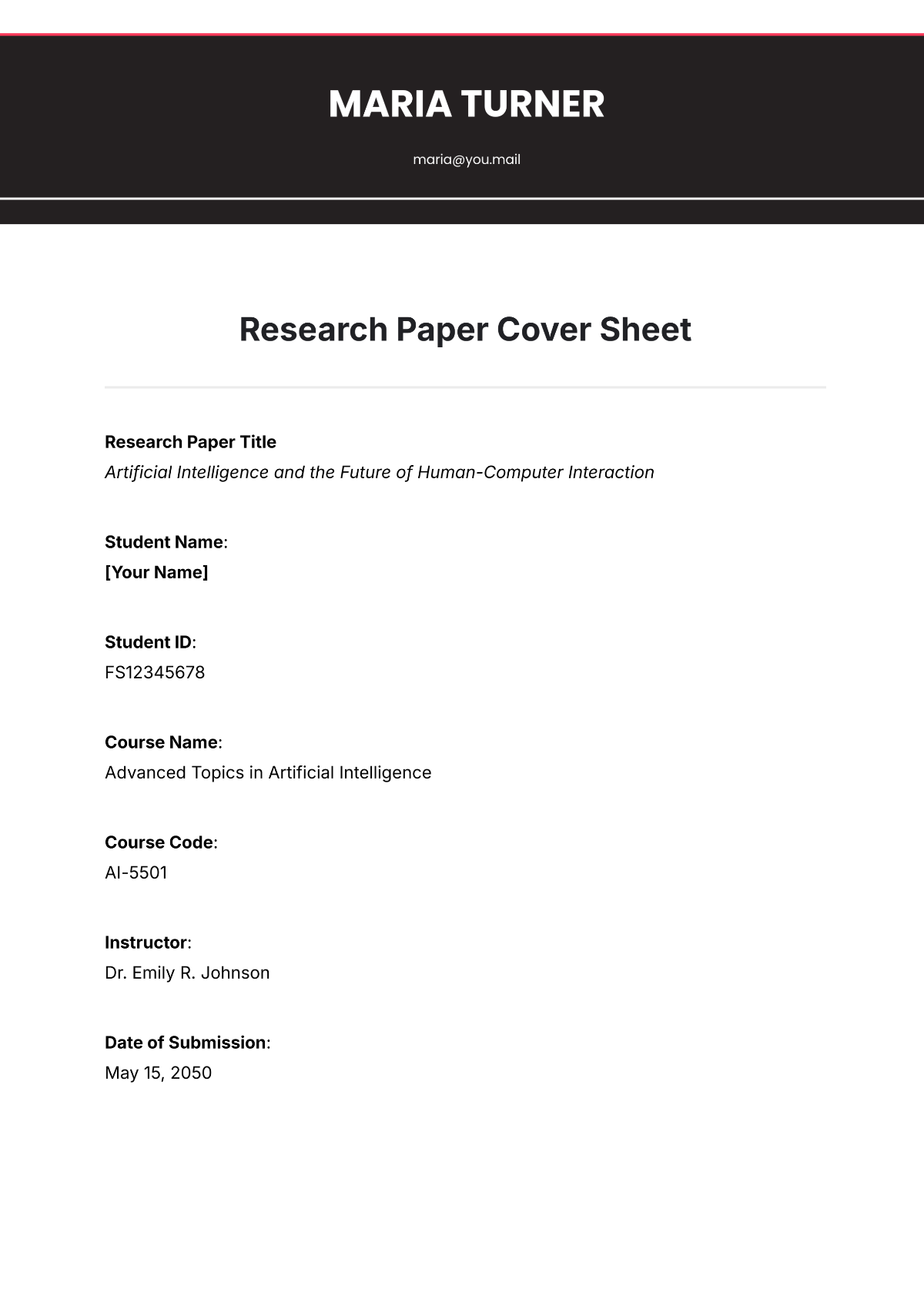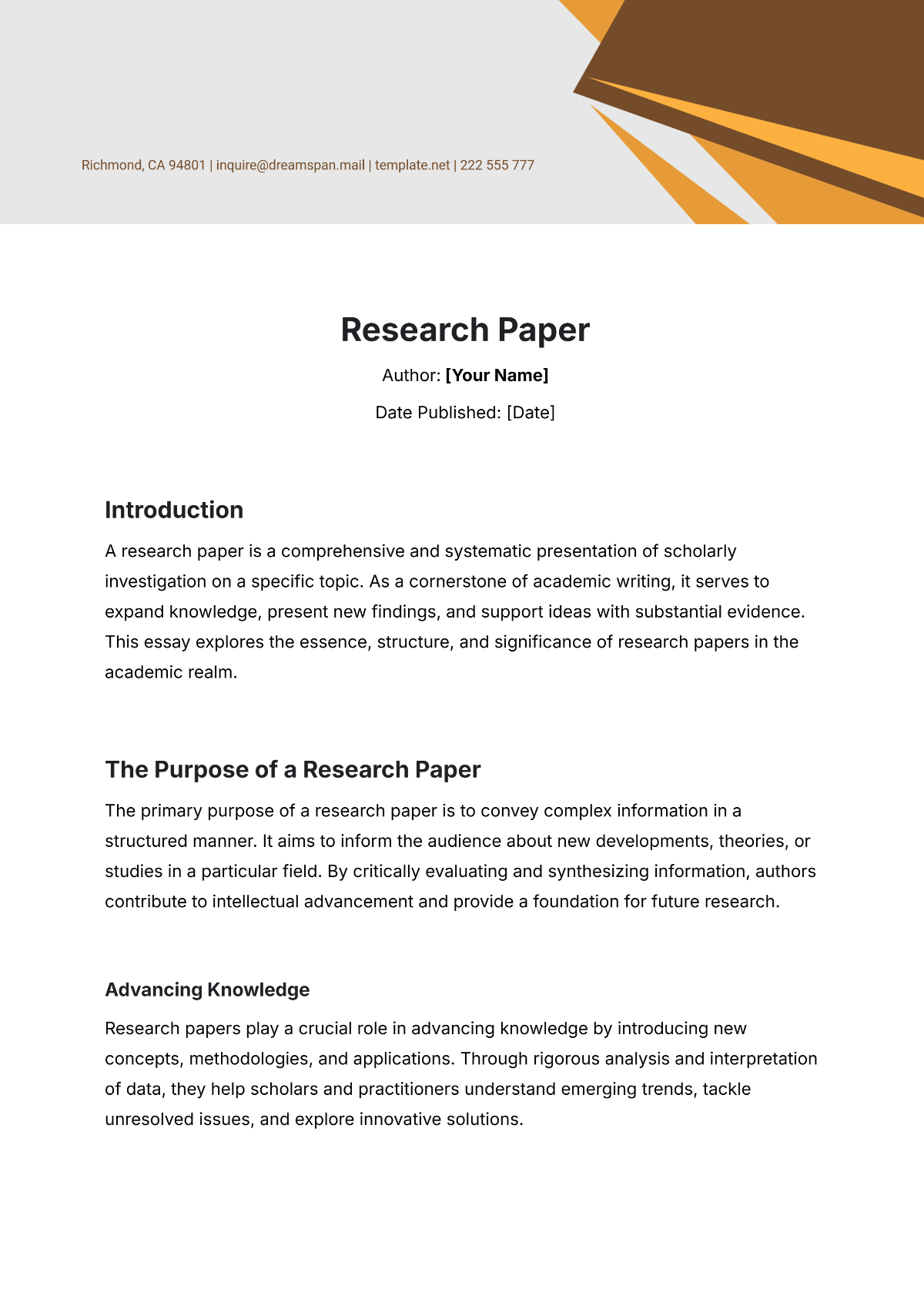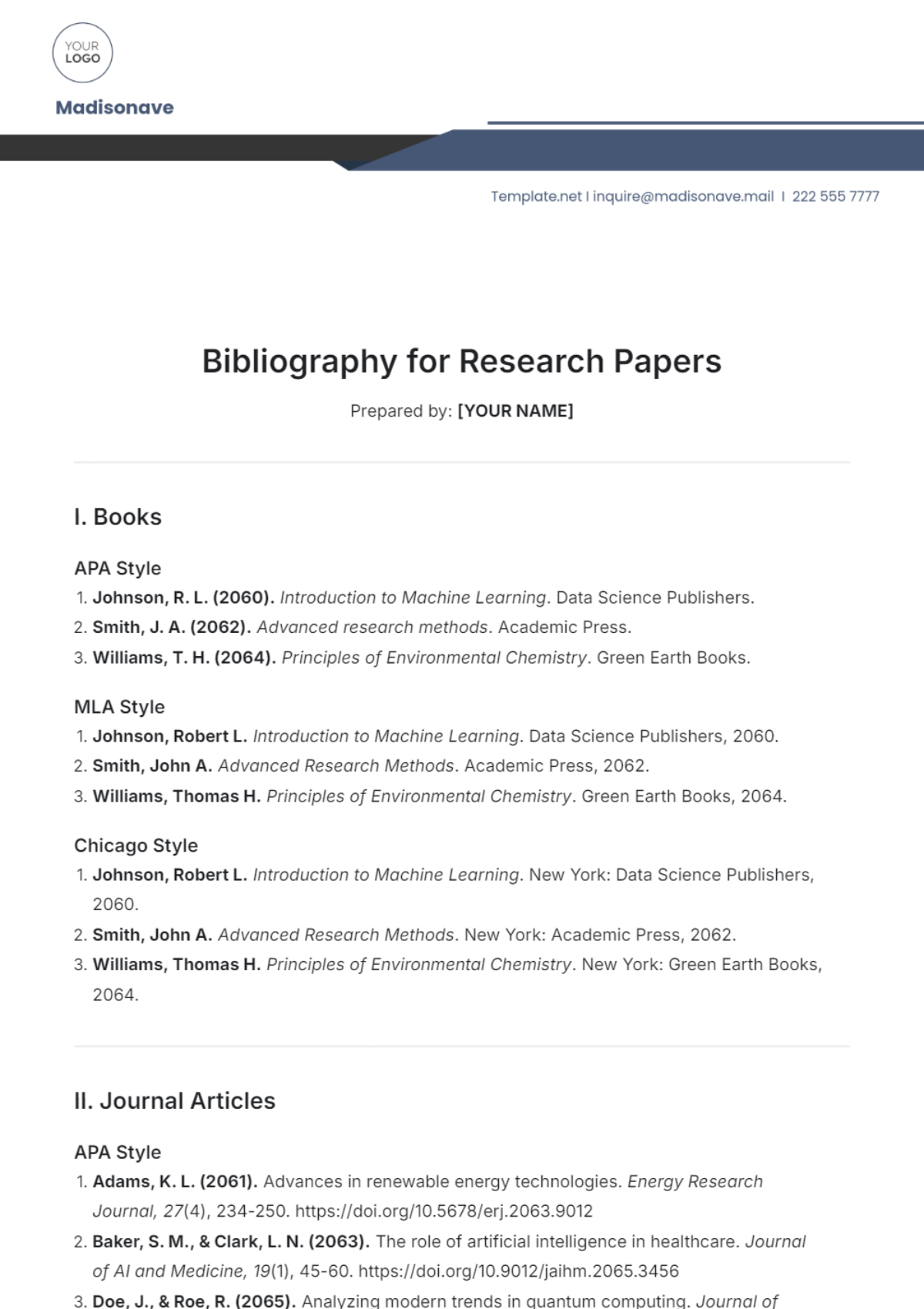Data Science White Paper
[Your Company Name]
Authored by: [Your Name]
Department: [Your Department]
Date: [Date]
I. Executive Summary
In today's rapidly evolving business landscape, the utilization of big data has emerged as a critical factor in driving growth, innovation, and competitive advantage. This white paper aims to provide professionals and companies with insights into the future of big data in business, highlighting its potential impact, challenges, and opportunities.
II. Introduction

As businesses continue to generate and collect vast amounts of data, the importance of extracting actionable insights from this data becomes increasingly evident. Big data analytics offers the promise of unlocking valuable insights that can drive strategic decision-making, improve operational efficiency, enhance customer experiences, and fuel innovation.
III. The Evolution of Big Data
The evolution of big data can be traced back to the exponential growth of digital information and the advancements in technology that enable the collection, storage, and analysis of large datasets. From traditional relational databases to distributed computing frameworks like Hadoop and advanced analytics tools such as machine learning and artificial intelligence, the capabilities of big data have expanded significantly over the years.
IV. The Role of Big Data in Business
Big data has transformed the way businesses operate across various industries. From retail and finance to healthcare and manufacturing, organizations are leveraging big data analytics to gain deeper insights into customer behavior, optimize processes, detect fraud, and drive innovation. Moreover, big data enables businesses to adapt quickly to changing market conditions, identify emerging trends, and stay ahead of the competition.
V. Key Trends Shaping the Future of Big Data

AI and Machine Learning: The integration of artificial intelligence and machine learning algorithms into big data analytics platforms is enabling more advanced and predictive insights.
Real-time Analytics: The demand for real-time analytics capabilities is increasing, allowing businesses to make faster and more informed decisions based on up-to-date data.
Edge Computing: Edge computing technologies are enabling the processing and analysis of data closer to the source, reducing latency and enabling faster response times.
Data Privacy and Security: With growing concerns around data privacy and security, businesses are investing in robust data governance frameworks and compliance measures to protect sensitive information.
Hybrid and Multi-cloud Environments: The adoption of hybrid and multi-cloud environments is becoming more prevalent, allowing businesses to leverage the scalability and flexibility of cloud-based big data solutions while maintaining control over their data.
VI. Challenges and Considerations
Despite the significant benefits of big data analytics, businesses also face several challenges and considerations, including data quality issues, scalability concerns, talent shortages, regulatory compliance, and ethical considerations surrounding data usage and privacy.
VII. Conclusion
In conclusion, the future of big data in business holds immense promise for driving innovation, improving decision-making, and enhancing competitiveness. By embracing emerging technologies, addressing challenges, and prioritizing data-driven strategies, businesses can unlock the full potential of big data to fuel growth and success in the digital age.
VIII. References
Davenport, T. H., & Harris, J. (2007). Competing on Analytics: The New Science of Winning. Harvard Business Review Press.
Manyika, J., Chui, M., Brown, B., Bughin, J., Dobbs, R., Roxburgh, C., & Byers, A. H. (2011). Big data: The next frontier for innovation, competition, and productivity. McKinsey Global Institute.
IDC. (2023). Worldwide Big Data and Analytics Spending Guide. Retrieved from [https://www.idc.com/getdoc.jsp?containerId=IDC_P36667]
Warden, P. (2018). TensorFlow for Machine Intelligence: A Hands-On Introduction to Learning Algorithms. O'Reilly Media.

















































